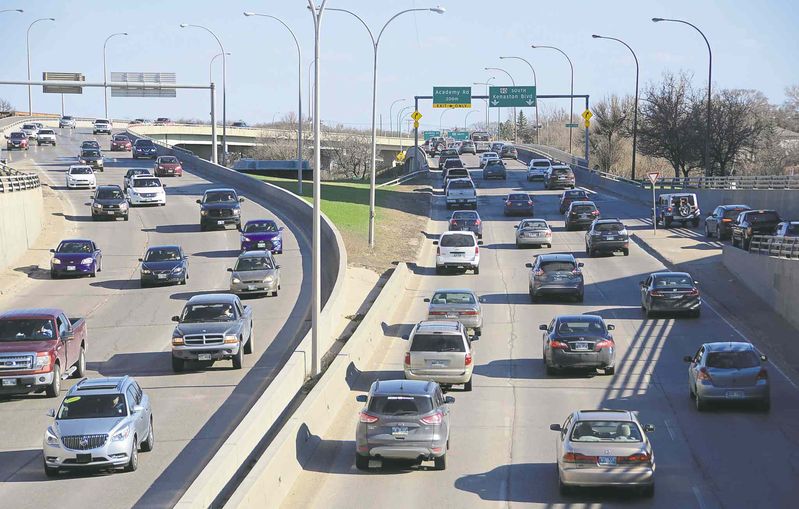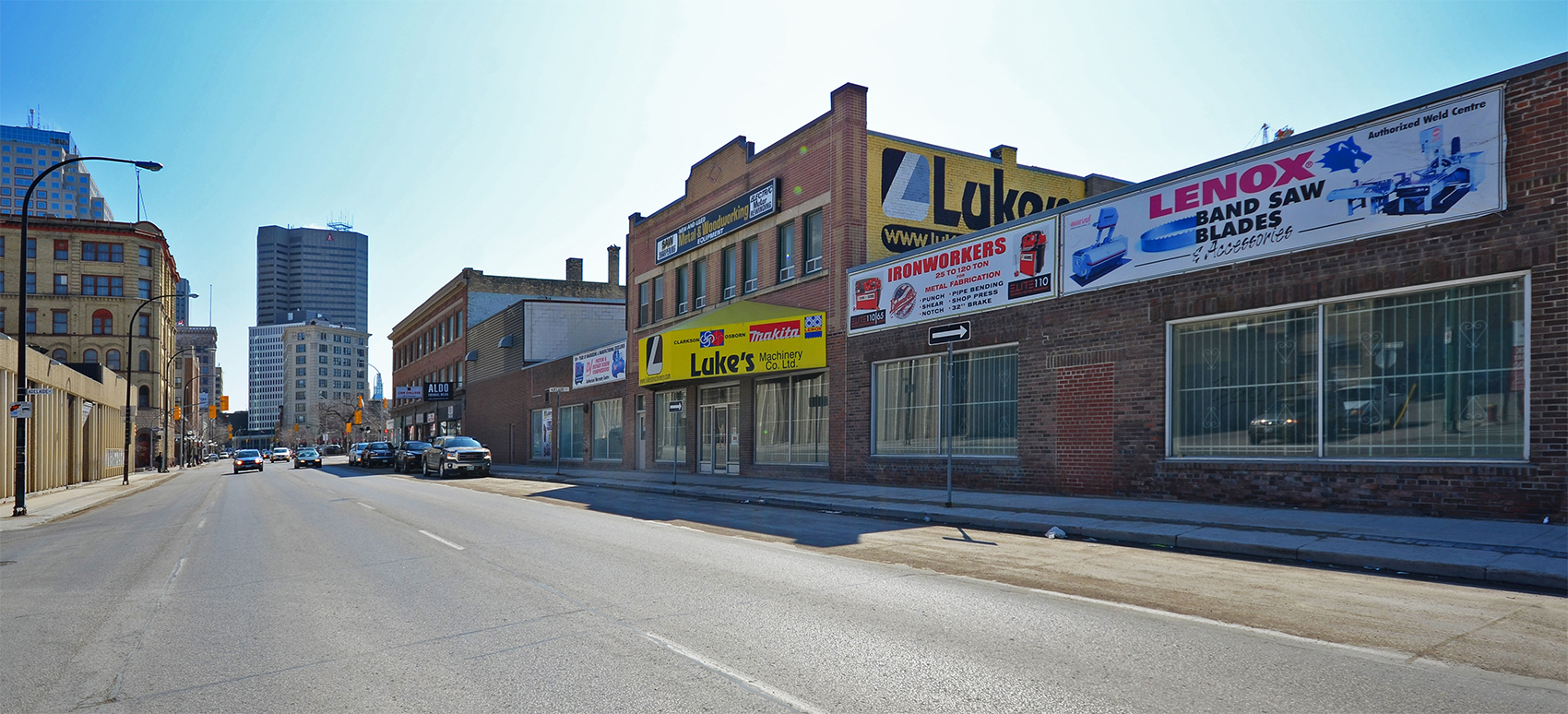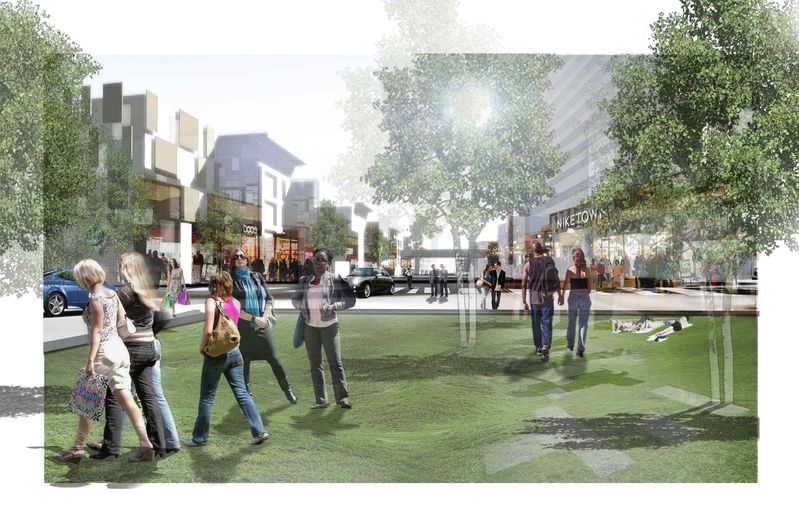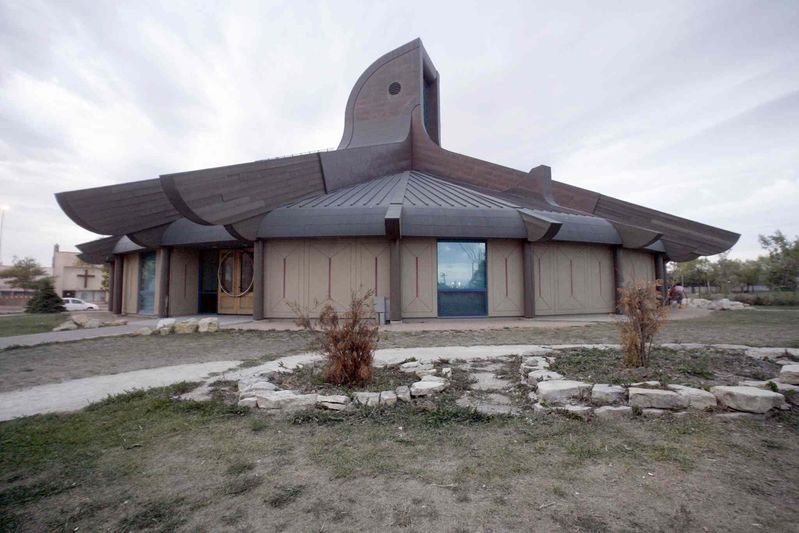Bigger Roads Mean More Traffic
- Details
By Brent Bellamy, Creative Director and Architect


‘THAT money could be better spent fixing our city’s crumbling roads."
This familiar sentiment is often heard following any new spending announcement that comes out of Winnipeg city hall.
From downtown development grants and rapid transit to the Canadian Museum for Human Rights and Esplanade Riel, the value of many projects is publicly weighed against the number of potholes the investment could have otherwise filled.
The Sneaky Parking-Lot Plot
- Details
By Brent Bellamy, Creative Director and Architect


IN the past decade, downtown has experienced development and renewal. To keep up with increasing electrical demand and serve this growth, Manitoba Hydro will soon begin construction on a new $62-million substation downtown.
It will be located on a large parking lot at the corner of Adelaide Street and Notre Dame Avenue, previously owned by nearby Calvary Temple. As part of the transaction to secure the property, Hydro agreed to replace the church parking by co-ordinating the purchase of an adjacent 40-stall lot with the intent of demolishing four commercial buildings along Notre Dame to make room for another 35 cars. An application to the city for a demolition permit has not yet been submitted, but intentions to do so have been made public.
Wood Expands Possibilities
- Details
By Brent Bellamy, Creative Director and Architect


An artist's conception of the 62M condo project, a hybrid wood/concrete-frame building near the Disreali Bridge. Designers are expanding the possibility of wood-frame construction thanks to new technologies. (RENDERING BY 5468796 ARCHITECTURE)
Prosperous residents make prosperous cities. With housing costs typically constituting the largest portion of personal expenditures, housing affordability has become a principal determinant of the standard of living in urban areas. Access to adequate housing plays an important role in building strong communities and is a vital social indicator of health, equality and inclusion.
Consistently rising real estate values during the last decade have made access to affordable housing a difficult challenge for cities across Canada. In Winnipeg, since 2005 the average cost of a home has increased by 100 per cent and rental rates have grown by 70 per cent, while the average annual income has increased by only 34 per cent.
Beyond Big-Box: Transition away from mega-stores bodes well for urban landscape
- Details
By Brent Bellamy, Creative Director and Architect


Cibinel Architects' proposal for a mixed-use project at the old stadium site lost out to the Target store.
When Disneyland opened its doors in 1955, visitors experienced for the first time a stroll down Main Street U.S.A., Walt Disney's nostalgic interpretation of the central pedestrian shopping strip most North American cities and towns had grown up around.
Winnipeg's example of this high street was Portage Avenue, stretching through downtown from its famous intersection at Main Street. Anchored by Eaton's, the 10th-largest department store in the world, the avenue's shops, theatres and restaurants made it the social, retail and cultural heart of the city for more than a century.
As postwar North American cities began to expand outward with sprawling, low-density suburbs, retail development responded to this new, auto-centric lifestyle by moving away from main street into enclosed suburban shopping malls, set within large, asphalt parking lots. In 1959, Polo Park opened in Winnipeg, and the first shot was fired in the long war against downtown shopping.
Racial Peace Through Architecture
- Details
By Brent Bellamy, Creative Director and Architect


Thunderbird House on Main Street is designed by architect Douglas Cardinal, who infuses modern architecture with indigenous beliefs and traditions.
- PHOTO BY MIKE APORIUS/WINNIPEG FREE PRESS FILES
The Maclean's article -- three words that when spoken anywhere in Winnipeg over the past few weeks would invariably spark a passionate and polarizing conversation. It is not often that a national periodical publishes such a charged condemnation of an entire city, but shining a spotlight on Winnipeg's racial divide has created an opportunity to further an already pervasive dialogue about our city's most complex challenge.


